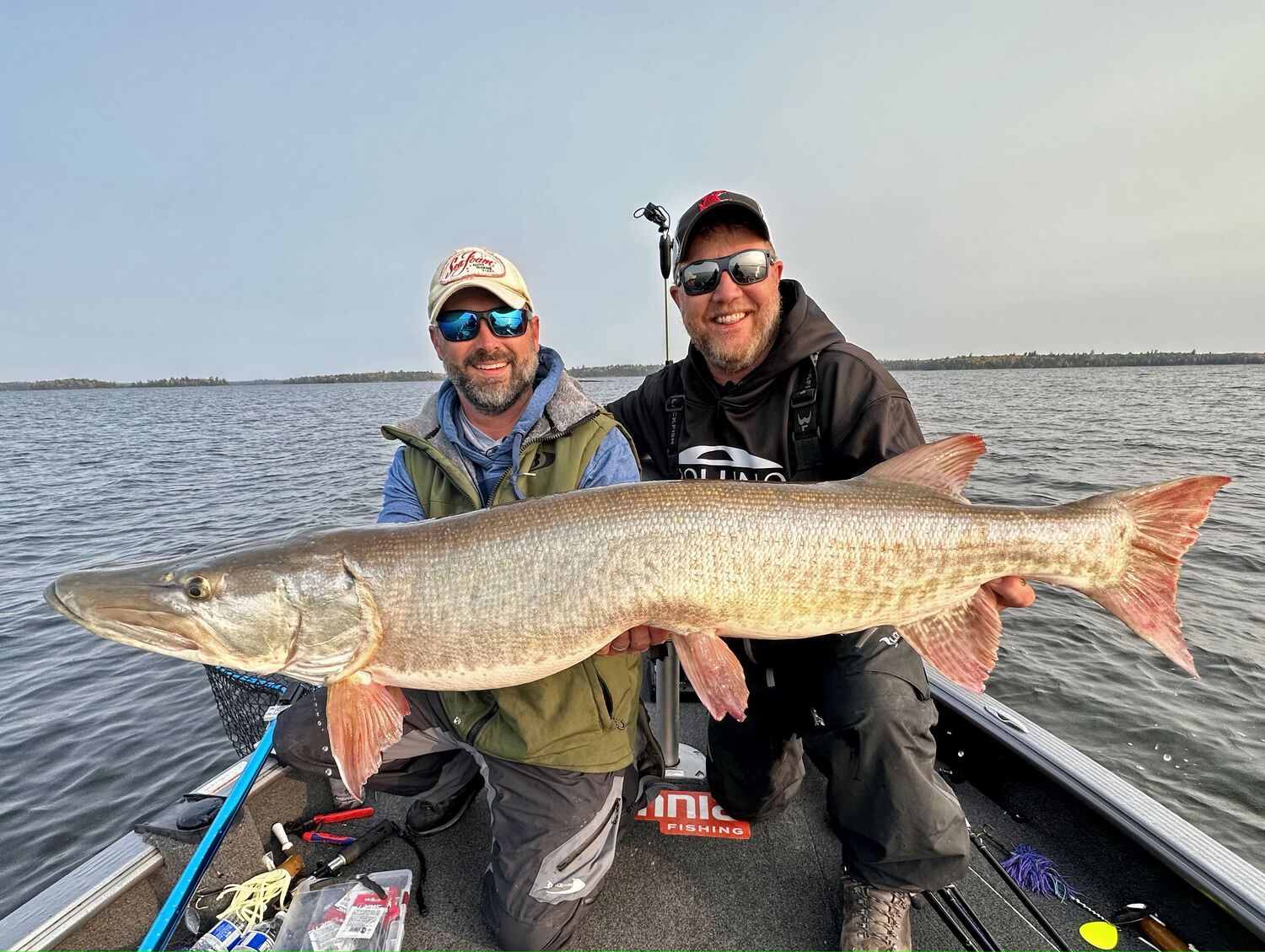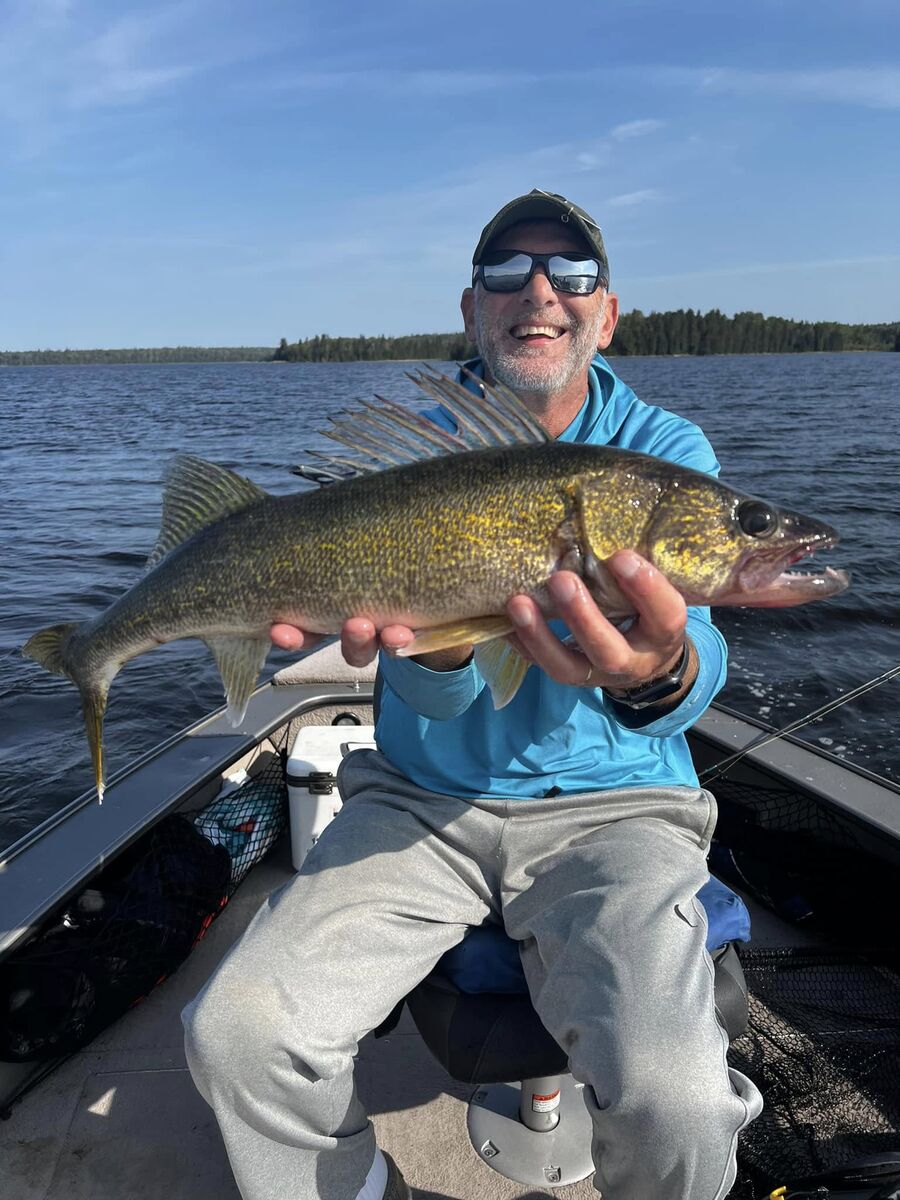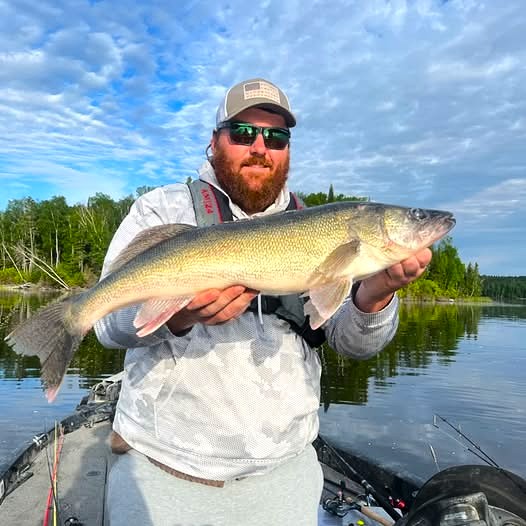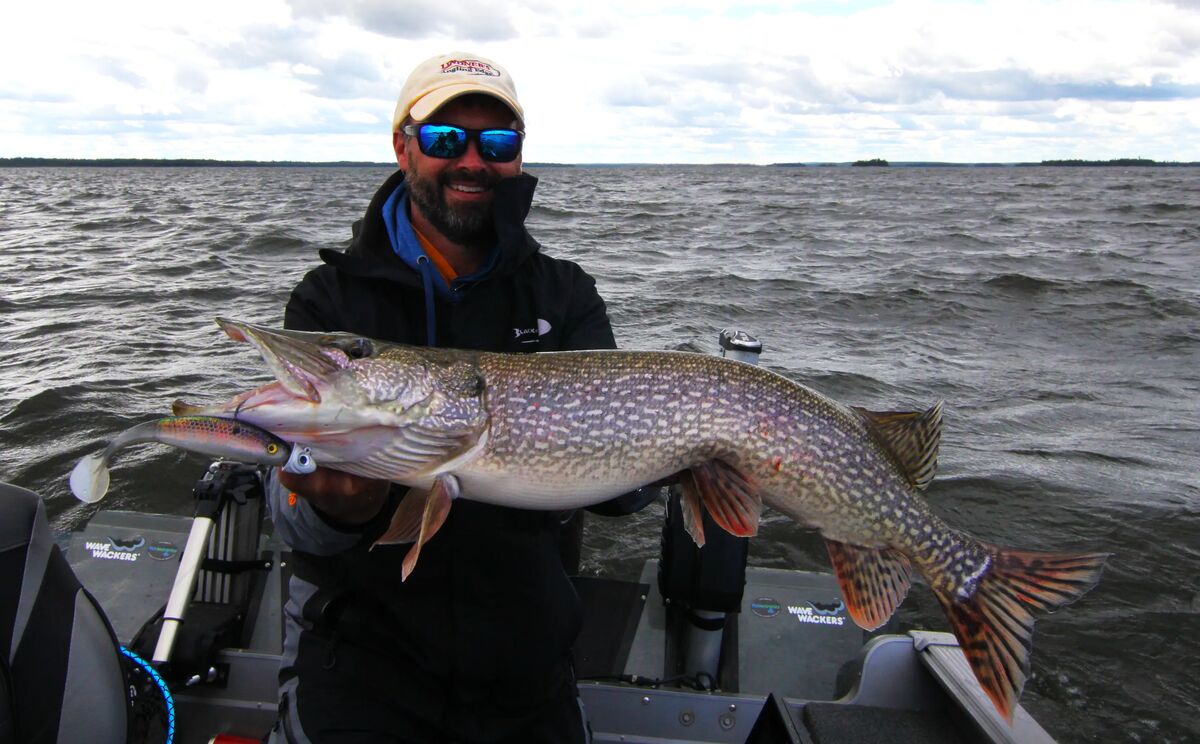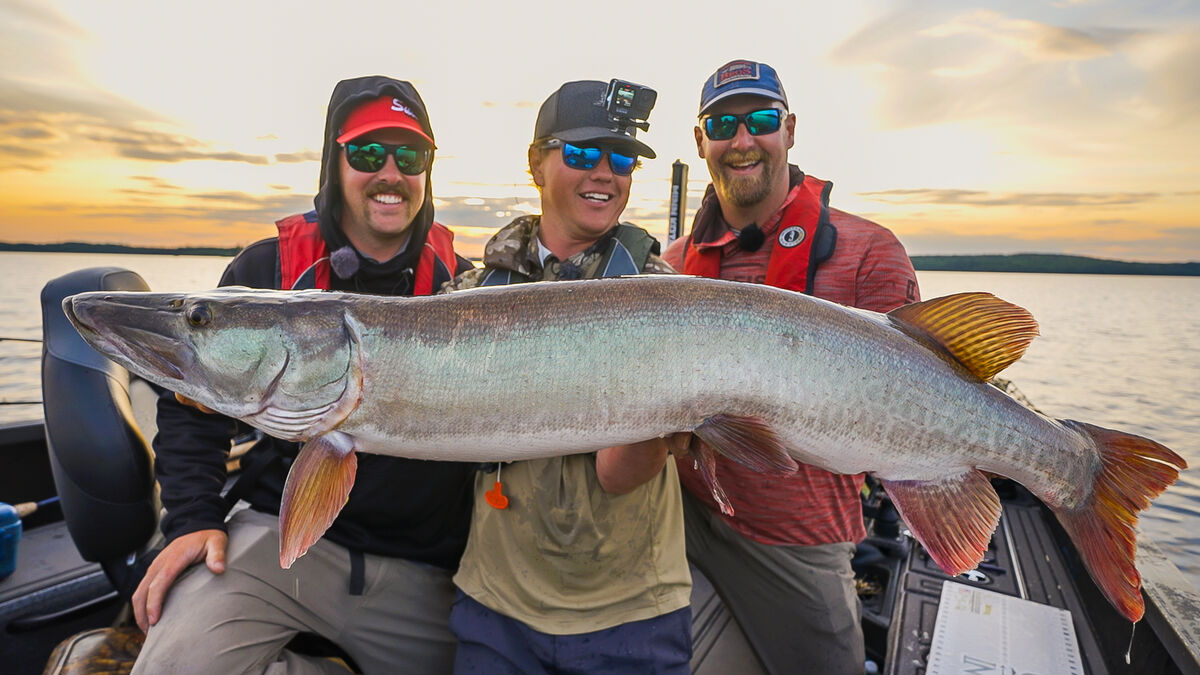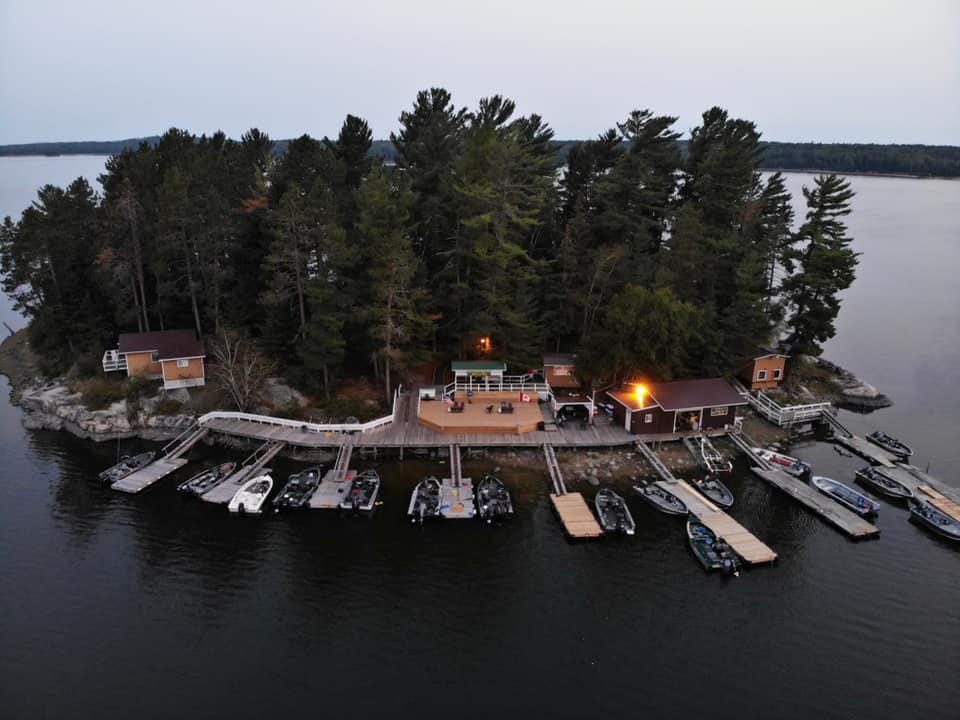Lac Seul: Northwestern Ontario’s Legendary Fishing and Adventure Lake
Lac Seul is a northern giant — a crescent-shaped reservoir stretching from Ear Falls in the west to Sioux Lookout in the east. Known for its legendary walleye fishery, this massive water body also hides giant muskies, rugged islands, and rich Indigenous history, making it one of Ontario’s most iconic outdoor destinations.
Lake at a Glance
-
Area: ~1,657 km² (640 sq. mi)
-
Length: ~241 km (150 mi)
-
Maximum Depth: ~47 m (155 ft)
-
Shoreline: ~3,000 miles (≈4,800 km) of bays, islands, and channels
-
Elevation: ~357 m above sea level (seasonally regulated)
-
Type: Reservoir created by hydroelectric damming at Ear Falls
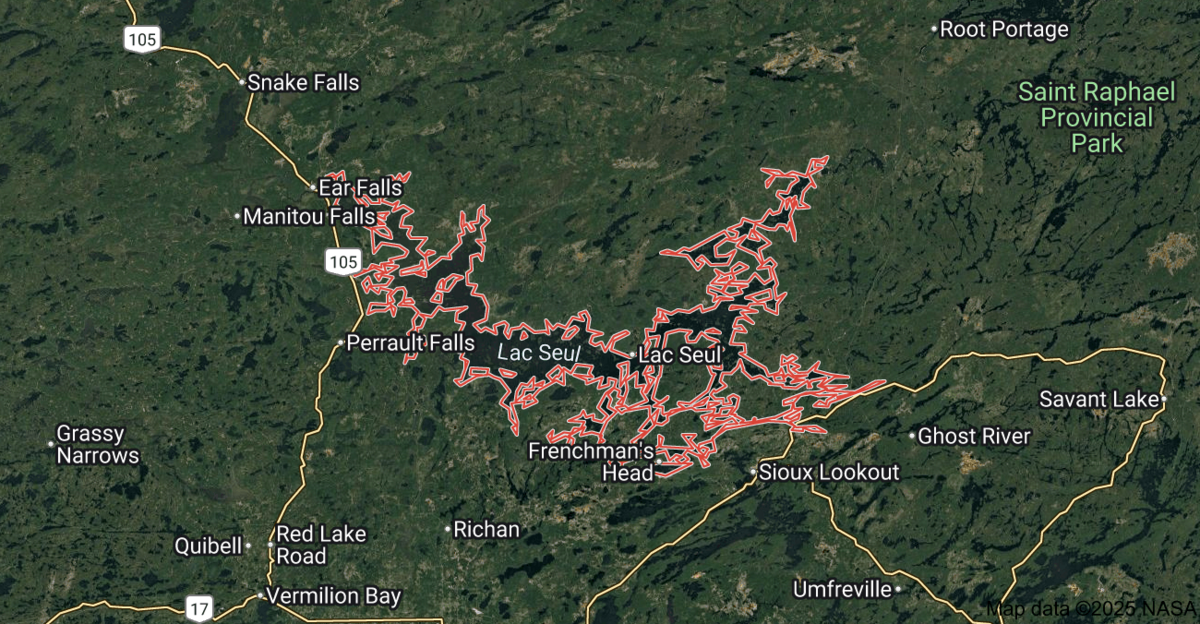
How It Became a Reservoir
Originally a natural glacial lake, Lac Seul expanded in the early 20th century when hydro dams were built at Ear Falls. The project flooded surrounding lands, creating new bays, islands, and channels. Water levels are now regulated to feed downstream hydropower plants at Manitou Falls and beyond. A diversion from Lake St. Joseph further boosts flow, making Lac Seul one of northwestern Ontario’s most important hydro reservoirs.
Famous Fisheries
1. Walleye
-
Status: Premier walleye destination in Ontario
-
Average Size: 16–22 inches, with many trophies over 28 inches
-
Why so good? Stained water lets walleye feed all day, not just in low light
-
Best Areas: Narrows, points, and mid-lake humps — western basin is particularly productive
2. Northern Pike
-
Average Size: 25–35 inches, occasional 40+ inch fish
-
Best Time: Spring in shallow bays, summer around deep weed edges
3. Muskie (East End Specialty)
-
The east end, particularly near Sioux Lookout and the Minnitaki area, is home to giant muskies — 50-inch-plus fish have been caught here
-
Clearer water on the east end produces more sight-fishing opportunities
4. Other Species
-
Yellow Perch (jumbo size in many bays)
-
Whitefish and Tullibee (important forage for predators)
-
Occasional burbot and smallmouth bass in connected waters
Fishing Calendar
| Month | Walleye | Pike | Muskie | Notes |
|---|---|---|---|---|
| May | Post-spawn feeding frenzy in shallows | Pike are shallow in bays | Season closed | Early season — best for numbers |
| June | Transition to points & mid-lake humps | Weed edges emerging | Season opens late June | Balanced mix of action |
| July | Deep humps & current areas | Deep weed lines | East end muskies are active | Warm weather, topwater muskie action |
| August | Consistent deep bite | Larger pike move deeper | Peak muskie trolling season | Great for multi-species trips |
| Sept. | Big walleye feed heavily | Pike follow baitfish | Muskies are bulking for winter | Cool days, trophy season |
| Oct. | Fewer fish, but giants | Pike still active | Late-season monsters | Cold but rewarding |
Tourism & Access
-
Drive-to Access: Ear Falls, Hudson, Sioux Lookout
-
Remote Access: Fly-in or boat-in to dozens of outpost camps and lodges
-
Houseboats: Multiple operators let you explore the lake at your own pace
-
Activities: Fishing, boating, houseboating, wildlife viewing, backcountry canoeing
Lodge & Outpost Directory
Links to lodges with access to Lac Seul can be found here.
Indigenous Communities & Heritage
The Lac Seul First Nation — includes the communities of Kejick Bay, Frenchman’s Head, and Whitefish Bay — and the people have lived here for generations. The community’s deep cultural connection to the land and water continues today, and their stewardship plays a vital role in both conservation and tourism.
Why Visit Lac Seul?
Because it offers the best of both worlds — remote wilderness and easy access, legendary fishing and comfortable lodges, rich history and endless adventure. Whether you come for the walleye, chase a giant muskie on the east end, or just want to explore 3,000 miles of shoreline, Lac Seul will get under your skin in the best way possible.
Pro Tip: Pack both your trolling rods and casting gear — you never know when you’ll run into that fish of a lifetime.
Get a free Sunset Country Guide and Map
Note: This AI-generated article was reviewed, edited and modified by Gerry Cariou, Executive Director at Ontario's Sunset Country.

